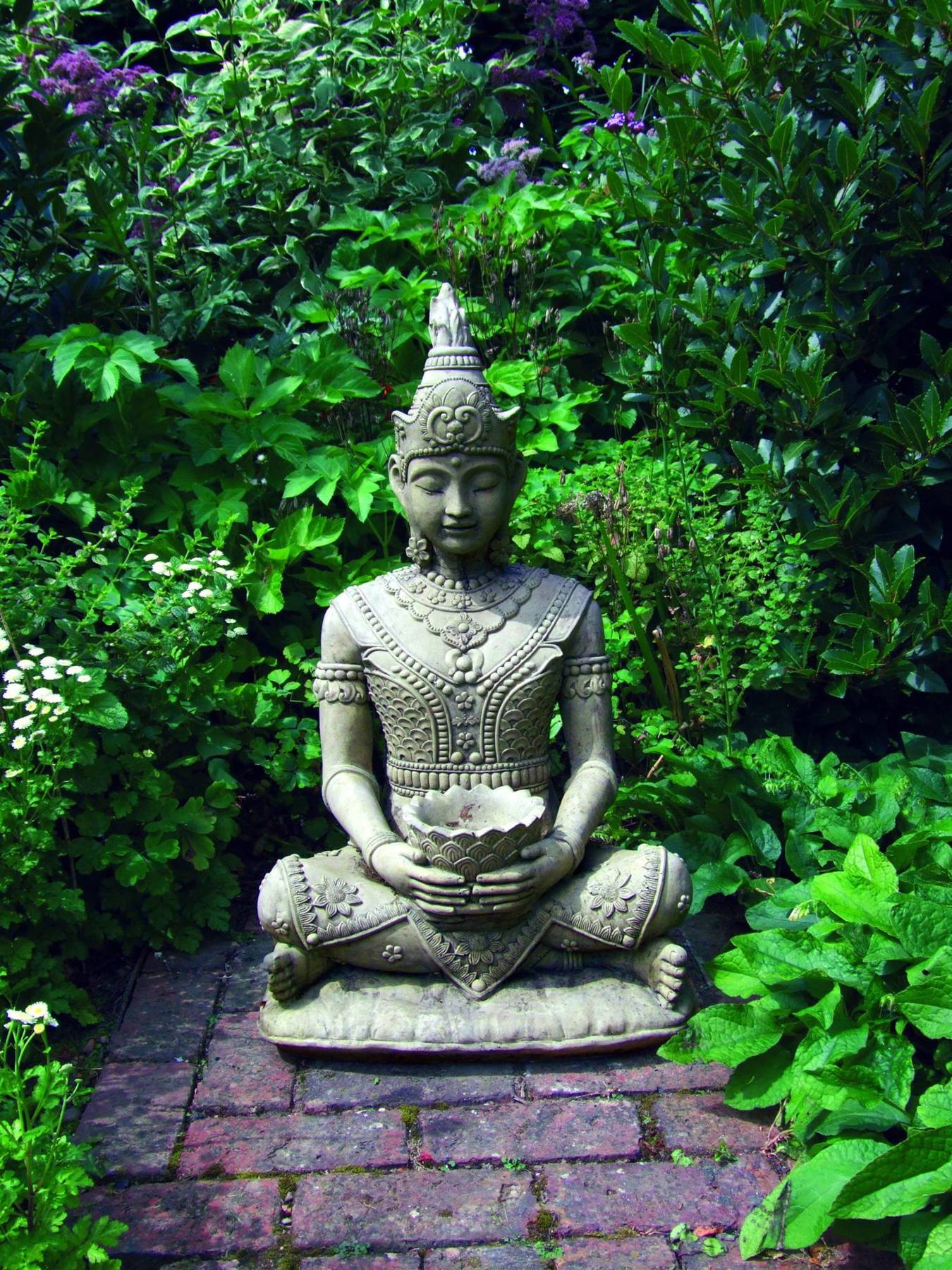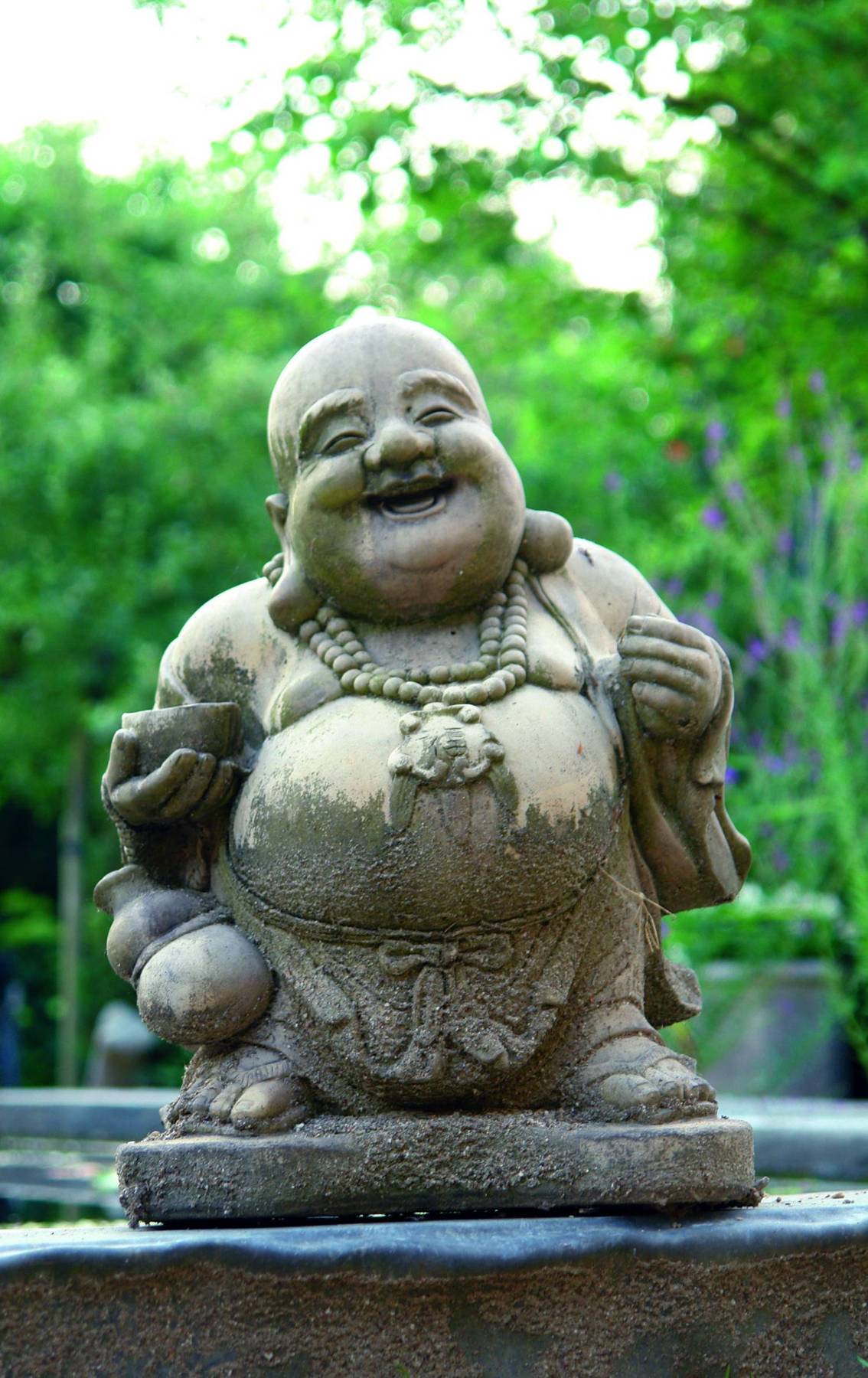Gardening is more than just a hobby; it’s an art form that can transform any outdoor space into a serene escape. Over the years, I have developed a deep appreciation for Oriental garden decor, a style that combines natural beauty with philosophical undertones. In this comprehensive guide, I will share my experiences, tips, and ideas for creating a stunning Oriental garden that speaks to the soul.
What is Oriental Garden Decor?
Oriental garden decor refers to the aesthetic elements and landscaping styles influenced by East Asian cultures, particularly Chinese and Japanese traditions. This decor is characterized by harmonious designs, natural materials, and features that promote tranquility and balance.
Key Characteristics of Oriental Garden Decor
- Natural materials: Stone, wood, and bamboo are commonly used.
- Water features: Ponds, fountains, and streams play an integral role.
- Plants: Bamboo, cherry blossoms, and bonsai trees are often featured.
- Stone pathways and lanterns: Create a sense of journey and exploration.
Creating Your Own Oriental Garden
Starting your Oriental garden can be a rewarding venture that allows you to connect with nature while expressing your creative side. Here’s a step-by-step guide to help you get started.
Step 1: Design Your Layout
Begin by sketching a layout of your garden. Consider incorporating different zones for meditation, planting, and relaxation. Use the following elements in your design:

Elements to Include:
| Element | Description |
|---|---|
| Water features | Ponds or small waterfalls to create tranquility. |
| Seating areas | Benches or traditional Japanese tatami for relaxation. |
| Plants | Varieties like koi fish in ponds and flowering cherry trees. |
| Paths | Stone or gravel paths guiding visitors through the garden. |
Step 2: Choose Your Plants
When selecting plants, focus on those that are native to East Asia for authenticity. Here are some top choices:

Popular Oriental Plants
- Bamboo: Symbolizes strength and flexibility.
- Cherry Blossoms: Represents beauty and the transient nature of life.
- Bonsai: An art form that reflects nature in miniature.
- Lotus: Stands for purity and enlightenment.
Step 3: Incorporate Decorative Elements
Decorative elements such as lanterns, sculptures, and bridges add depth to your garden. Here’s how to choose the right decor:

Choosing the Right Decor:
- Opt for materials like stone or wood that blend seamlessly with nature.
- Include lanterns to provide soft lighting and enhance evening ambiance.
- Use bridges to connect different areas while adding visual interest.
Incorporating Water Features
Water features are pivotal in Oriental garden decor. They add a serene ambiance and symbolize prosperity. Here are some popular options:

Types of Water Features
- Ponds: Ideal for koi fish and plant life.
- Fountains: Create soothing sounds that attract wildlife.
- Streams: Mimic natural water flow and enhance movement.
Pros and Cons of Oriental Garden Decor
Like any design style, Oriental garden decor comes with its benefits and challenges. Here’s a closer look:

Pros
- Enhances tranquility and relaxation.
- Encourages biodiversity with the inclusion of water features and native plants.
- Offers a unique aesthetic that stands out from traditional Western gardens.
Cons
- Requires maintenance, particularly in choosing the right plants and keeping the water clean.
- May require an understanding of the cultural aspects to achieve authenticity.
- Initial installation costs can be higher, depending on features like ponds or fountains.

Personal Experiences with Oriental Garden Decor
When I first embarked on creating my Oriental garden, I was both excited and overwhelmed. I started with a small space that quickly became my sanctuary. The peaceful ambiance of the flowing water, the rustle of bamboo, and the breathtaking bursts of cherry blossoms transformed my outlook on gardening.
Challenges Faced
One significant challenge was maintaining the water features. I learned the importance of proper filtration and regular cleaning to keep the pond crystal clear. Another hurdle was understanding the right soil conditions for my chosen plants. After consulting with garden experts and doing extensive research, I found the perfect mix for my sandy soil.
Tips for Maintaining Your Oriental Garden
Maintaining an Oriental garden requires attention to detail and a commitment to preserving its beauty.
Maintenance Tips
- Regularly check and clean water features.
- Prune plants to promote healthy growth.
- Fertilize soil as required, depending on plant needs.
- Incorporate seasonal planting to keep the garden vibrant year-round.
DIY Oriental Garden Decor Ideas
Creating a unique touch in your garden can be as simple as a DIY project. Here are some ideas to inspire you:
DIY Lanterns
Make your own decorative lanterns using bamboo and paper. Light them with candles or LED lights to create a warm glow during the evenings.
Zen Garden Setup
Design your small Zen garden with fine sand and rocks. Use a rake to create patterns symbolizing water ripples or waves.
Frequently Asked Questions
What plants are best for an Oriental garden?
Some of the best plants include bamboo, cherry blossoms, koi plants, and bonsai trees.
How do I maintain a water feature in my Oriental garden?
Regularly check the water levels, clean the filtration system, and remove debris to keep your feature clear and healthy.
Can I create an Oriental garden in a small space?
Absolutely! Even a small balcony can be transformed with pots, small water features, and carefully chosen plants.
Conclusion
Investing in Oriental garden decor not only beautifies your space but also invites a sense of tranquility and connection with nature. With careful planning, selection of authentic elements, and attention to maintenance, you can create an oasis that reflects the beauty of Eastern philosophy. Whether you are starting small or aiming for a grand project, the journey of cultivating your Oriental garden promises to be fulfilling and enriching.